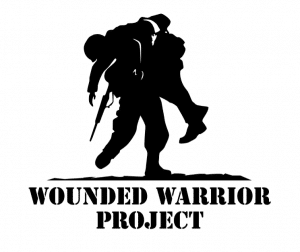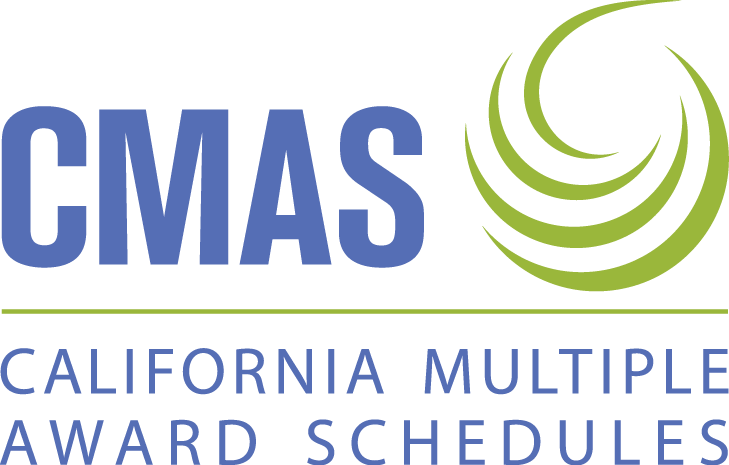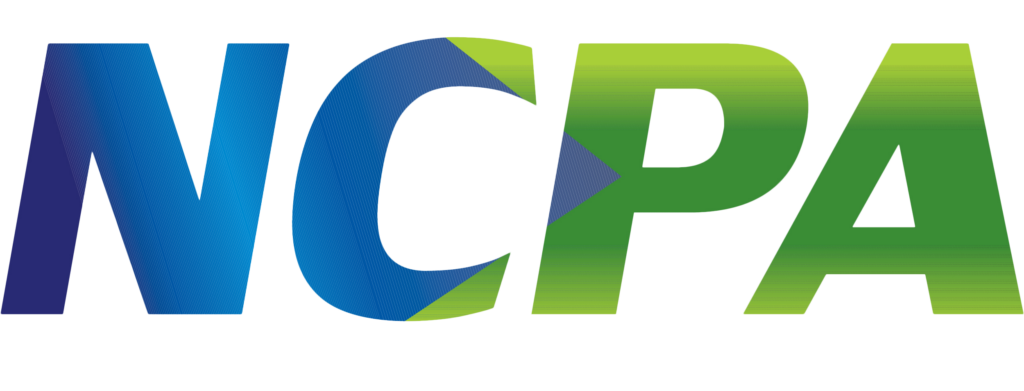Value Driven Partner for IT Transformation
Trusted Government Contractor
ISO 9001:2015, Certified Small Business
Mission Critical, Tailored and Rugged
AI-servers, storage, networking, Workstations, enterprise software, training, and support.


Serving Since 2002
Cost Savings
Federal + SLED + Commercial
RFQ Response Time
Valued Clients







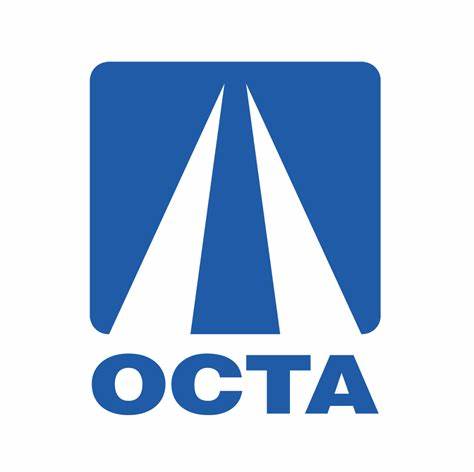






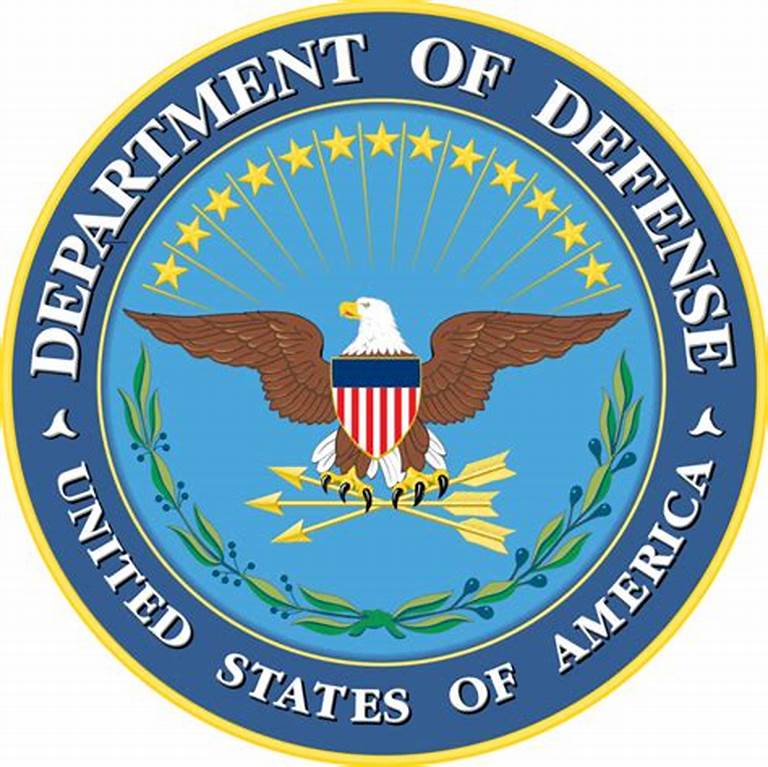






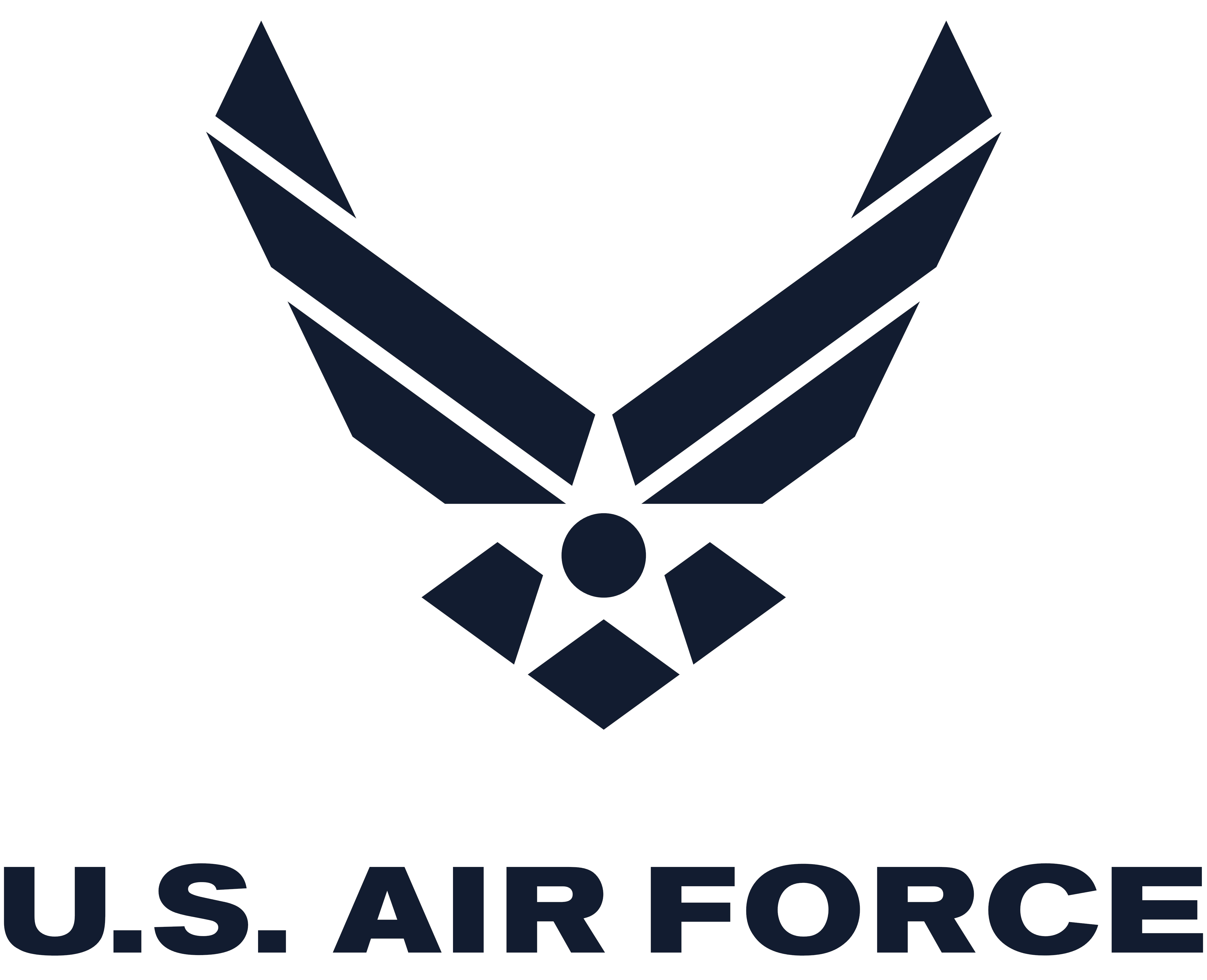








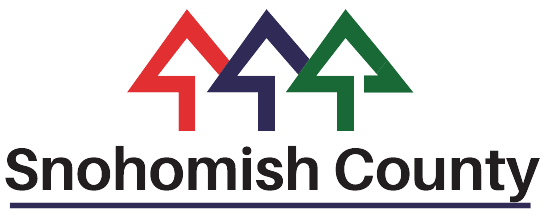


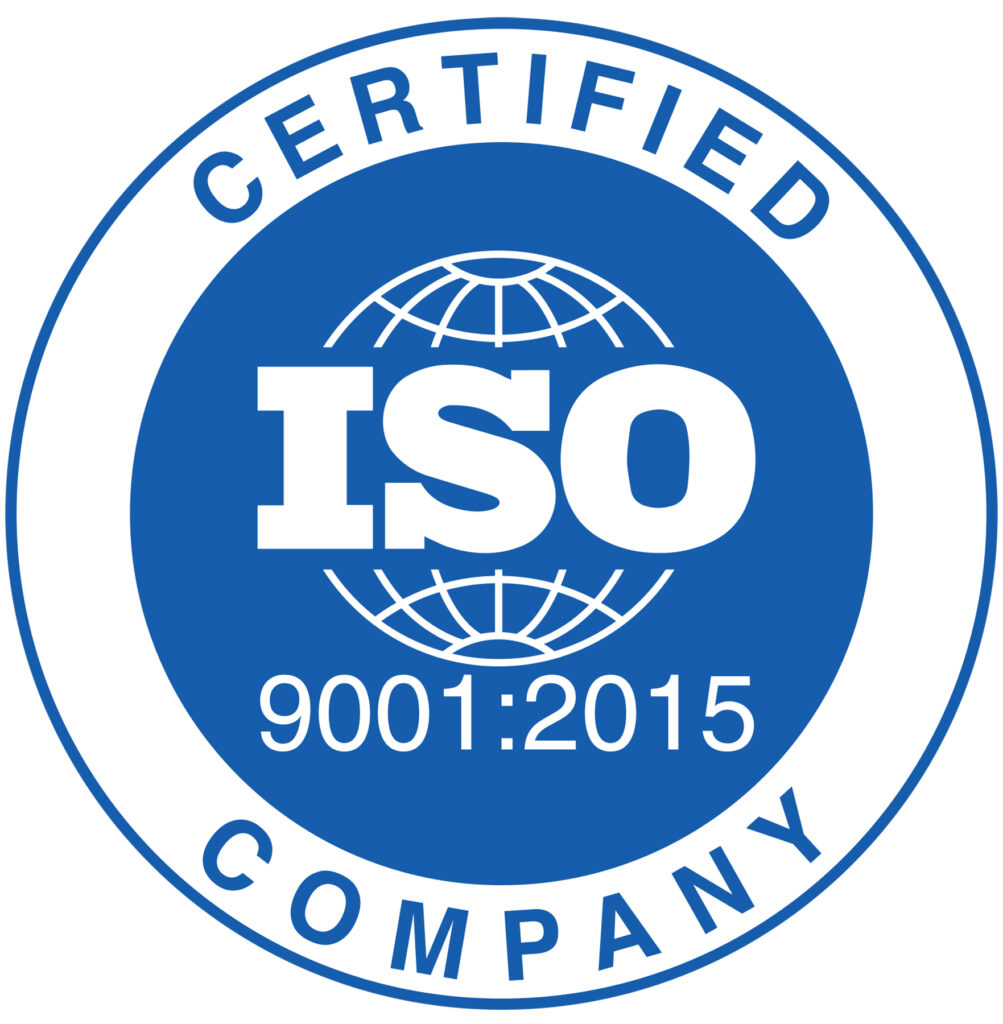
Committed to Quality
ISO:9001:2015 Certified Business.
Our commitment to quality is reflected in our innovative technological solutions. We stay abreast of the latest trends of technology to provide you with the highest quality products and services.
Highly Cost Effective
We offer IT solutions that are highly cost effective, budget-friendly and also contribute to cost reduction and improved financial performance in the long run. Our focus is on delivering high value for your money, now and in the future.
Industry Experts
Our Solution expertise spans across Federal, SLED, K-12, Private, Commercial and Non-profit sectors. We provide highly tailored and sustainable solutions that cater to all your specific needs, ensuring superior service.
Diverse Supplier
Certified Small, Minority Business Enterprise under National Minority Supplier Development Council, Inc. (NMSDC), and is a proud member of the Western Regional Minority Supplier Development Council (WRMSDC).
Solutions
IT Life-cycle Maintenance
Ability-one Distributor
Diminishing Manufacturing Sources & Material Shortages (DMSMS)
Marine Hardware & Electronics
IT Consultancy & Advisory
Device as a Service
Streamlined Procurement with Contract Pricing!
Effortless Procurement with Saitech’s purchasing contract vehicles as such, CMAS (California Multiple Award Schedules), NASPO (National Association of State Procurement Officials), NCPA (National Cooperative Purchasing Alliance), OMNIA, Equalis and Source well.
Industries
Bringing the best IT vendors to you.
Working only with the best, to ensure the quality of our services, and to bring state of the art technology to those who need it.
Solving IT Challange in
Every Industry, Every Day.
Success Stories

Saitech Delivers High-Performance Gigabyte EPYC Servers for Lawrence Berkeley National Laboratory
Saitech Inc. partnered with the AI cloud service provider to deliver a cutting-edge GPU compute infrastructure designed for modern AI workloads. Leveraging the ASUS ESC8000 platform with AMD EPYC processors and NVIDIA RTX 6000 Blackwell GPUs, Saitech deployed three high-density nodes totaling over $260,000. The solution supports large-scale LLMs, high-concurrency multi-tenant performance, and future GPU scalability, enabling the provider to expand its AI compute offerings, increase GPU rental capacity, and secure a long-term, future-ready foundation for AI innovation.

Saitech Inc. Deploys Next-Gen AI GPU Infrastructure for an AI Cloud Services Provider
Saitech Inc. partnered with the AI cloud service provider to deliver a cutting-edge GPU compute infrastructure designed for modern AI workloads. Leveraging the ASUS ESC8000 platform with AMD EPYC processors and NVIDIA RTX 6000 Blackwell GPUs, Saitech deployed three high-density nodes totaling over $260,000. The solution supports large-scale LLMs, high-concurrency multi-tenant performance, and future GPU scalability, enabling the provider to expand its AI compute offerings, increase GPU rental capacity, and secure a long-term, future-ready foundation for AI innovation.

Saitech Deploys $2.9M High-Performance Network Infrastructure Project for Santa Clara Valley Health Center
Saitech partnered with Santa Clara Valley Health Center to design and deploy a Cisco-based high-performance network that delivers secure, scalable, and reliable connectivity for modern healthcare operations. Built on Cisco Catalyst switches and managed through Cisco DNA Center, the solution enhances security, simplifies IT management, and supports future growth through automation and redundancy. By offering over 60% off Cisco list pricing, Saitech enabled the Health Center to achieve up to 25% in cost savings while strengthening compliance, resilience, and long-term operational efficiency.
What clients say about our Technical and Sales teams.



What clients say about our Technical and Sales teams.



Recognized by the best
We work with these industry leaders to bring you the best in technology.










Corporate Responsibility
We support organizations that uplift our communities and empower individuals—reflecting our commitment to national service, education, wellness, and humanitarian aid.

